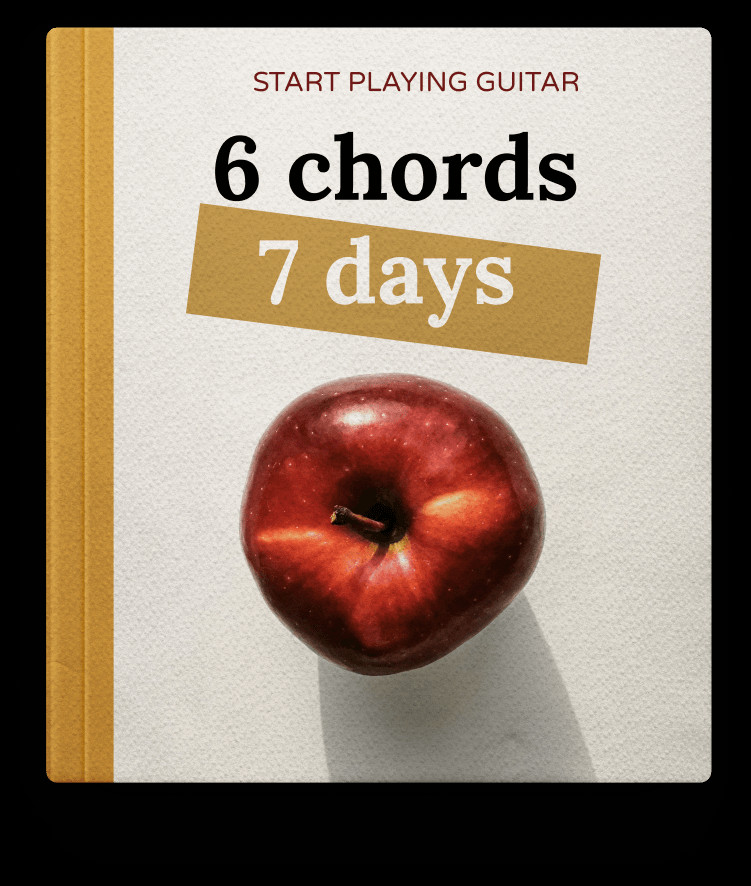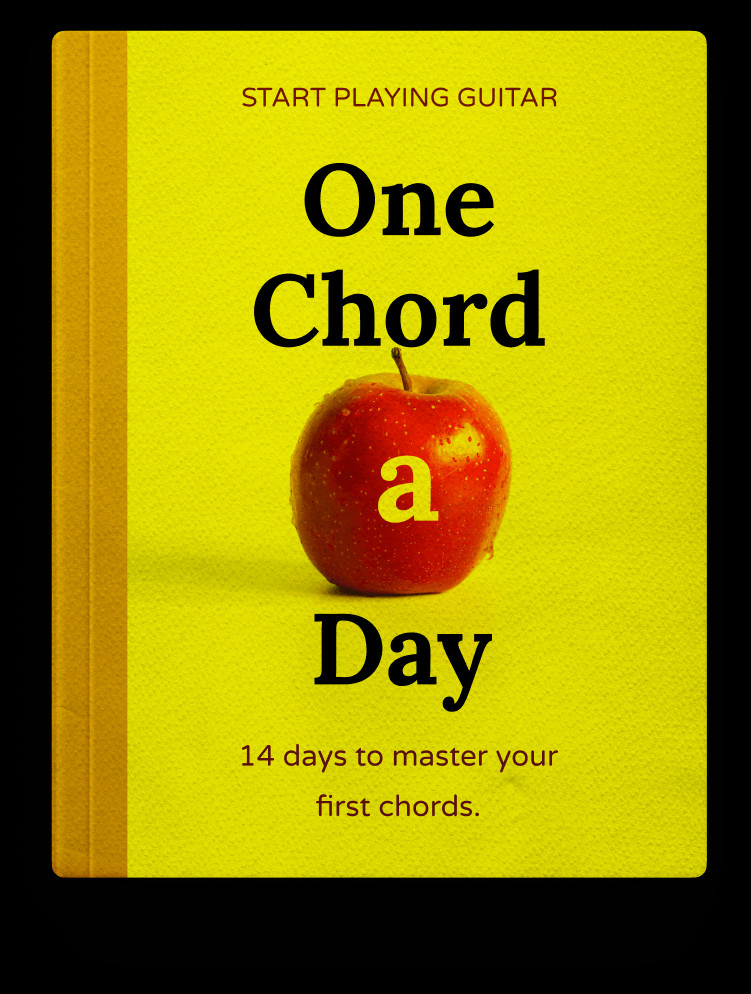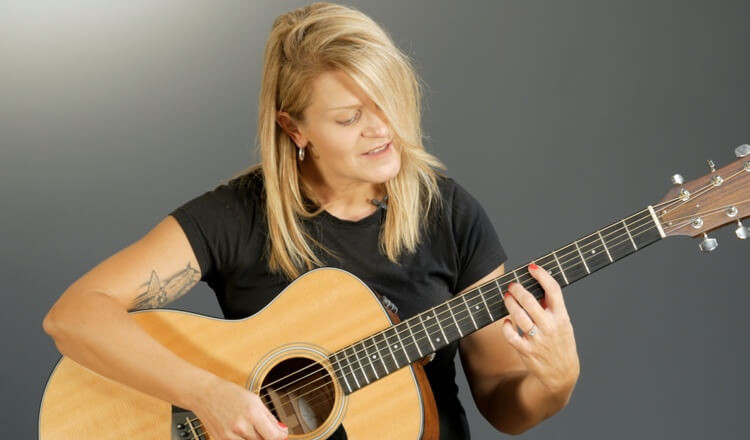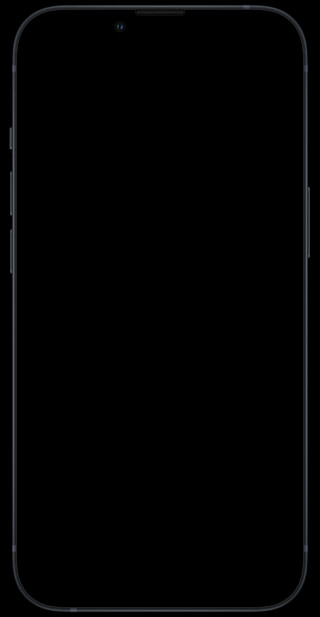The F#m Guitar Chord, or F sharp minor, is a staple in countless songs, yet it often presents a hurdle for beginner guitarists. If you’re finding yourself stuck on this chord, you’re definitely not alone! It’s frequently searched for on guitar learning sites like guitarplayers.net because the most common way to play it involves a barre – a technique where one finger presses down multiple strings at once. Barre chords require finger strength and dexterity that take time to develop.
But don’t worry! The good news is that there are multiple ways to play the F#m chord, including easier versions that ditch the barre altogether. We’ll guide you through three different shapes, starting with the standard barre chord and progressing to simpler alternatives.
Want to learn guitar faster? Discover the 6 essential chords and basic techniques in our free 7-day beginner course. Click here to start your guitar journey today!
Why F#m Feels Tricky (And How to Overcome It)
The primary reason beginners struggle with F#m is the barre. Barre chords demand consistent pressure across multiple strings to produce a clean sound, which can be challenging when you’re first building finger strength. It’s like learning to ride a bike – it might feel wobbly at first, but with practice, it becomes second nature.
Think of learning barre chords and the F#m as a milestone. Conquering it unlocks a vast repertoire of songs and expands your chord vocabulary significantly. We’re here to break down the F#m chord into manageable steps and offer solutions for every skill level.
The Standard F#m Barre Chord Shape
This is the most common and complete voicing of the F#m chord. While it’s the most challenging to start with, mastering this shape is incredibly beneficial in the long run.
Struggling with one chord? Our “One Chord a Day” free mini-course will help you master essential guitar skills in just 14 days. Get started now!
Here’s how to form the standard F#m barre chord:
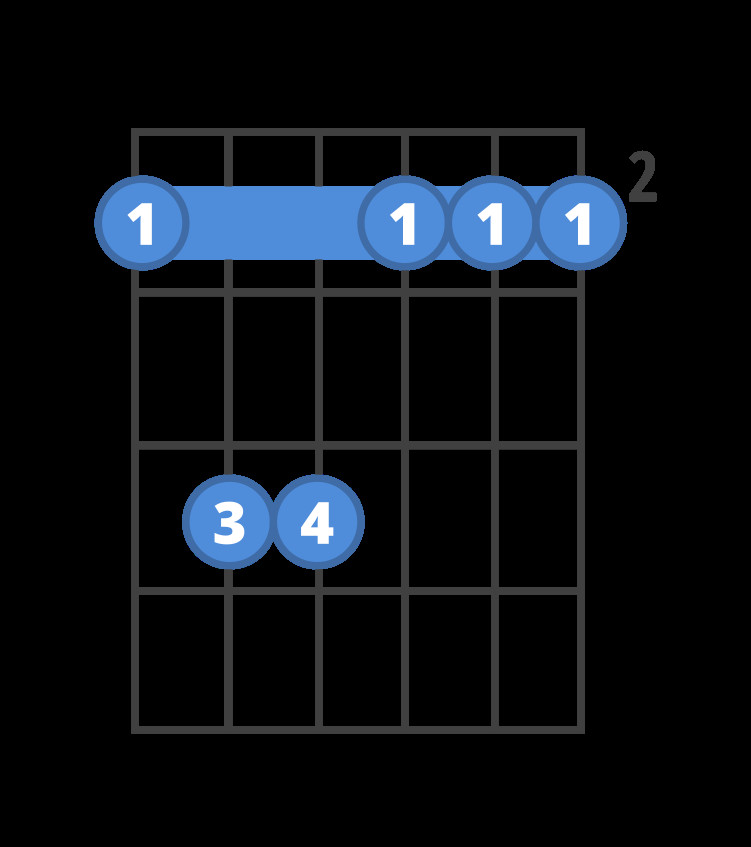 F#m guitar chord diagram standard barre version.
F#m guitar chord diagram standard barre version.
Need help reading chord diagrams? Learn how to read guitar chord diagrams with our detailed guide.
- Index Finger Barre: Place your index finger across all six strings at the 2nd fret. Ensure you’re pressing firmly just behind the fret to get a clear sound from each string.
- Ring Finger: Place your ring finger on the 4th fret of the 5th string (A string).
- Pinky Finger: Place your pinky finger on the 4th fret of the 4th string (D string).
- Strumming: Strum all six strings.
Tips for Barre Chord Success:
- Finger Placement: Position your index finger slightly angled towards the headstock of the guitar. This can make barring easier.
- Elbow Position: Keep your elbow slightly tucked in towards your body. This helps generate leverage and reduces strain on your wrist.
- Practice in Short Bursts: Barre chords can tire your hand quickly initially. Practice for short periods and take breaks to avoid fatigue and injury.
- Check for Clarity: Strum each string individually to identify any buzzing or muted notes. Adjust your finger pressure until all notes ring clearly.
This full barre F#m might feel tough initially, but consistent practice will build the necessary strength and coordination. If you’re finding it too difficult right now, keep reading for easier alternatives! And be sure to explore our comprehensive guide to mastering barre chords for more in-depth tips and exercises.
Easier F#m: The Mini-Barre Version
A great stepping stone to the full barre F#m is this smaller, three-string barre version. It simplifies the barre technique and allows you to focus on accuracy and sound.
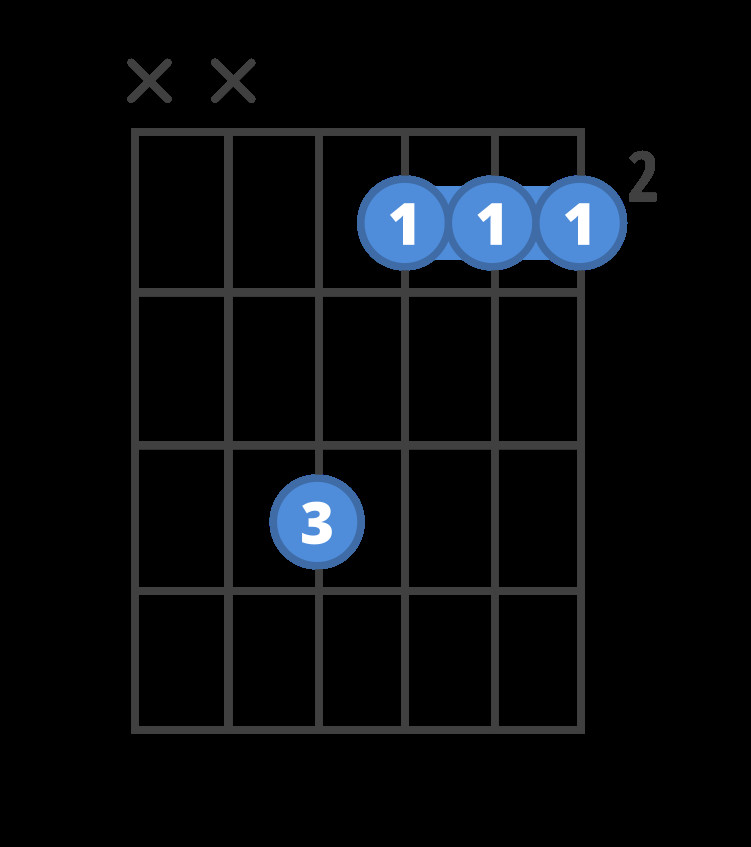 F#m guitar chord diagram mini barre version.
F#m guitar chord diagram mini barre version.
- Index Finger Mini-Barre: Place your index finger across the top three thinnest strings (B, high E, and G strings) at the 2nd fret. Focus on barring only these three strings cleanly.
- Ring Finger: Place your ring finger on the 4th fret of the 4th string (D string).
- Strumming: Strum only the four thinnest strings (from the D string down to the high E string). Avoid strumming the two thickest strings (E and A strings).
Why this version is easier:
- Smaller Barre: Barring three strings is significantly easier than barring six, requiring less finger strength.
- Focus on Accuracy: This version allows you to concentrate on getting a clear sound from the essential notes of the F#m chord without the added difficulty of the full barre.
- Building Block: Practicing this mini-barre F#m helps develop the finger strength and barre technique needed for the standard version.
The Easiest F#m: No Barre Needed!
For absolute beginners, or when you need a quick and simple F#m in a song, this no-barre version is perfect. It uses only three fingers and focuses on the highest strings of the guitar.
- Index Finger: Place your index finger on the 2nd fret of the 3rd string (G string).
- Middle Finger: Place your middle finger on the 2nd fret of the 2nd string (B string).
- Ring Finger: Place your ring finger on the 2nd fret of the 1st string (high E string).
- Strumming: Strum only the three thinnest strings (G, B, and high E strings). Crucially, avoid strumming the thicker three bass strings (E, A, and D strings).
Important Note: This version is an F#m shape played on the higher strings. It provides a lighter, higher-pitched F#m sound. Make sure to only strum the designated strings to avoid unwanted bass notes that will muddy the chord.
Take Your Barre Chords to the Next Level
Barre chords still feeling daunting? Our comprehensive video series with guitar expert Anna Freitas will demystify barre chords for you! Learn essential shapes, fretboard navigation, smooth chord changes, and eliminate fret buzz. Start learning barre chords now!
Barre Chords: Unlock Your Guitar Potential » Lesson
Practice Makes Perfect: F#m Chord Exercises
Ready to solidify your F#m chord skills? ChordBank offers interactive practice tools designed to make learning fun and effective. These links will open directly in the ChordBank app on your iPhone or iPad.
💡 Pro Tip: Consistent practice, even in short sessions, is key to muscle memory and chord mastery.
Guitar Chord Games for F#m
Gamify your practice! Chord games are a fun way to drill chord changes and improve your accuracy.
Try these engaging games while practicing your F#m:
ChordPOP!: F#m »
Pop balloons by playing the F#m chord! Test your accuracy and speed in this addictive game. Play ChordPOP! F#m now!
Blackjack: F#m, A, D, and E »
Deal cards and place bets by playing chord progressions featuring F#m, A, D, and E. Play Blackjack with F#m and more!
Smart Flashcards for Chord Transitions
Smooth chord changes are essential for playing songs. Flashcards are a fantastic way to practice transitioning between chords efficiently.
Practice F#m with Common Chord Progressions
Pairing F#m with commonly used chords is a practical way to integrate it into your playing.
F#m and A Major
The F#m and A major chord progression is extremely common in popular music. Mastering the transition between these two is a great starting point.
F#m
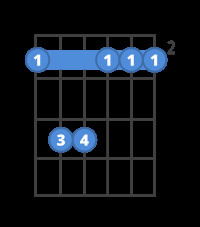 F#m guitar chord diagram for flashcard practice.
F#m guitar chord diagram for flashcard practice.
A
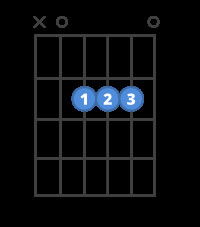 A major guitar chord diagram for flashcard practice.
A major guitar chord diagram for flashcard practice.
Practice F#m and A Transitions » Smart Flashcards Start practicing F#m and A chord changes now!
Expanding Your Practice: F#m, A, D, and E
Once you’re comfortable with F#m and A, expand your practice to include the D major and E major chords. This four-chord progression (F#m, A, D, E) is incredibly versatile and used in countless songs across genres.
F#m
 F#m guitar chord diagram for flashcard practice.
F#m guitar chord diagram for flashcard practice.
A
 A major guitar chord diagram for flashcard practice.
A major guitar chord diagram for flashcard practice.
D
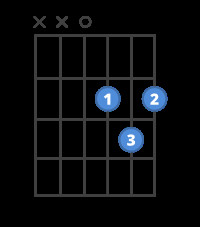 D major guitar chord diagram for extended flashcard practice.
D major guitar chord diagram for extended flashcard practice.
E
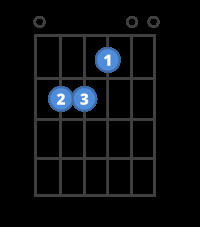 E major guitar chord diagram for extended flashcard practice.
E major guitar chord diagram for extended flashcard practice.
Practice F#m, A, D, and E Progressions » Smart Flashcards Challenge yourself with F#m, A, D, E chord changes!
By mastering these F#m chord variations and practicing consistently with games and flashcards, you’ll not only conquer this essential chord but also accelerate your overall guitar learning journey. Keep practicing and enjoy the process!

